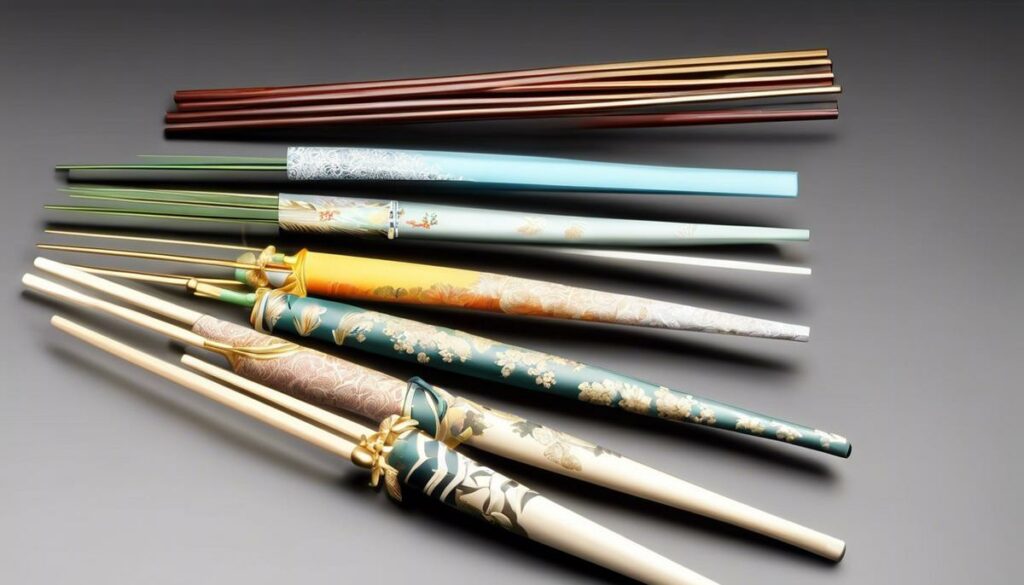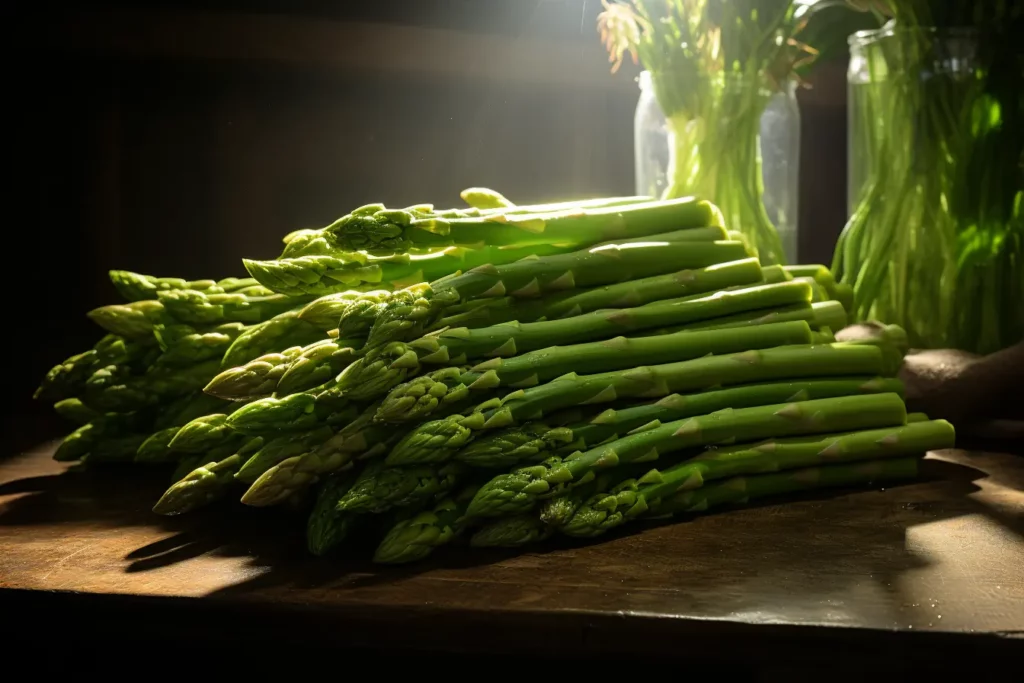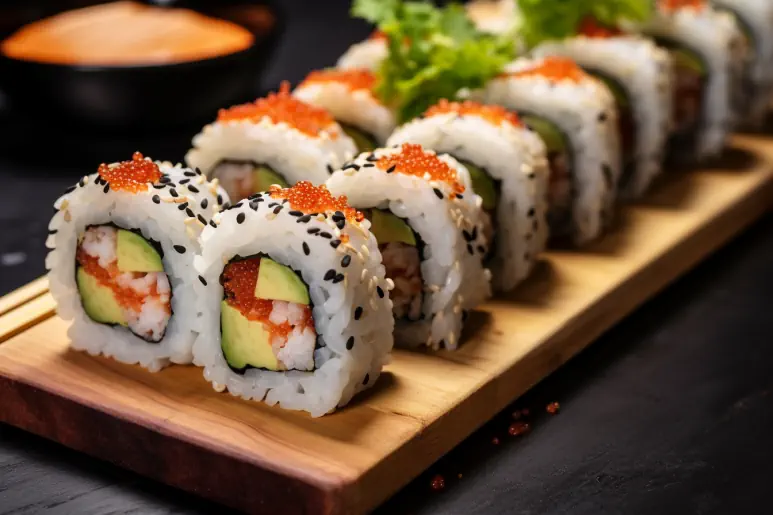Chopsticks are a fascinating embodiment of the development of human civilization and culture. Its simple yet effective form has remained unchanged for thousands of years and can now be found all over the world. Originally used almost exclusively in Eastern countries, chopsticks have now found their way into the dining halls and kitchens of many Western societies. With this in mind, our treatment of the topic follows the transition of chopsticks from their origin to widespread global use. We’ll explore how chopsticks have changed the dining experience and the role they play in pop culture. Furthermore, the question of sustainability, which arises from the increasing use of chopsticks, is examined.
History of chopsticks
Chopsticks, a symbol of Asian culture and cuisine, have their roots in China. It’s amazing how these simple yet sophisticated utensils have made their way from a small eastern country to global recognition.
Chopsticks first appeared in China during the Shang Dynasty. Originally, they were mainly used for cooking, as they were heat-resistant, practical and easy to handle. However, it was under the Zhou Dynasty that chopsticks became an everyday piece of cutlery. Due to food shortages, the food was cut into smaller pieces, eliminating the need for knives and forks. This change in eating habits is a testament to people’s ability to adapt to different circumstances.
However, the journey of chopsticks did not stop in China. They travel through Korea and Japan, where they eventually gain popularity. In Japan, they even developed their own variation of chopsticks – “hashi”, which are more pointed at the tip. Also in Korea there is a unique variant – metal chopsticks.
But the popularity of chopsticks is not limited to Asia. In modern times, the boom in Asian cuisine in Western countries has also led to chopsticks becoming common in American and European households. Innovative parents also find it to be a great tool for teaching fine motor skills to their children.
The globalized world has made it possible for chopsticks to be useful not only for consuming sushi or ramen. They are much more than just food utensils. They are a bridge between culture and history that dates back thousands of years.
The global spread of chopsticks is a testament to how cultural practices and influences can travel across borders to have a profound impact on the way we live and eat. Their rise from humble beginnings to a world-renowned food culture is a testament to the power of cultural exchange and the endurance of human ingenuity. In fact, it’s hard to imagine that such a simple design has impacted the world so much. The chopsticks are truly a marvel of tradition and modernity.

Chopsticks and Lifestyle
Chopsticks in the Modern Era: Luxury, Eco-Awareness and Stylish Living
From symbolic and ritual use in ancient Asia to global fashion houses and high-end restaurants, chopsticks have come a long way. Nowadays, they have achieved multi-purpose use, from a means of eating to a distinctive accessory to a statement of luxury and eco-awareness.
The luxurious aspect of chopsticks has been heavily encouraged, as renowned designer brands such as Versace, Gucci and Chopard have made their own luxurious and artfully designed chopstick sets. These combine ultimate craftsmanship precision with functionality, representing the latest trend in table decoration. Here you can see how chopsticks are more than just utensils and can turn simple food into a fashion performance!
Environmental awareness also plays a crucial role in modern chopstick culture. Wooden and bamboo sticks are an eco-friendly and reusable alternative to plastic cutlery that helps to reduce the ecological footprint. They are lightweight, durable, and bring a touch of Eastern aesthetics to any home.
In addition to the luxurious and ecological function, chopsticks also offer stylish home accessories. With their simple yet elegant design, they also serve as wonderful decorative elements in home design. Whether you opt for natural bamboo sticks or pairs decorated with foliage and flower patterns, chopsticks are a beautiful means of expression that creates a special feel-good atmosphere.
In conclusion, chopsticks have become an integral part of global lifestyle culture in the modern world, leaving their mark not only in the kitchen but also in fashion and interior design. What was once a feature of Asian food culture is now a symbol of conscious living, aesthetics and elevated style. And this also shows how profound the cultural influence within modern society actually is.

Chopsticks in pop culture
With their space-saving and minimalist design, chopsticks have gained a special place in today’s home décor. Not only do they conjure up Asian flair in our kitchens, but they also enrich dining tables with their simplicity and elegance. Designers and interior designers cleverly use them as stylish home accessories by presenting them in fashionable cutlery sets or using them as a creative element in interior design.
However, chopsticks are not only aesthetically pleasing, they are also an eco-friendly way to enjoy food. In the wake of the global trend towards more sustainable lifestyles, chopsticks are becoming increasingly important as an alternative to plastic cutlery. The uninitiated may think it’s challenging, but once you get the hang of them, they’re easy to use.
As symbols of sophistication and sophistication, chopsticks have even found their way into the world of luxury brands. Some of the most well-known designer brands have relabeled it as a kind of luxury accessory, upgrading it with elegant designs and high-quality materials. When we read a fashion label or see a certain design, we no longer only think of trousers or handbags, but also of stylish food with chopsticks.
Globalization has allowed for a strong cultural exchange, which has led to chopsticks becoming known and adopted in many parts of the world. Although they originated in Asian culture, chopsticks have now found their place in global pop culture. They are a clear sign of how open the world is to diverse cultural diversity. The increasing prevalence and acceptance of chopsticks is a testament to how different cultures interact and learn from each other, bringing with them entire worlds of symbolism.
In conclusion, chopsticks are much more than just a simple piece of cutlery. They are a symbol of cultural awareness, luxury, style and eco-friendly living. They are a testimony to how aspects of different cultures are interwoven and show how globalization shapes how we deal with everyday objects like this.

Sustainability and chopsticks
Chopsticks and their role in sustainable development may not have crossed our minds. But the transition from plastic cutlery to these eco-friendly alternatives is becoming increasingly popular around the world. The minimalist aesthetic and multifunctionality of chopsticks make them a fantastic choice for the conscious consumer. How did we get here and what role does everyday cutlery play in sustainable living?
Recently, there has been a sharp increase in interest in sustainable practices. The use of chopsticks – especially those made of reusable materials such as wood or metal – is another aspect of sustainable living. They are practical, easy to clean and reusable, making them an excellent alternative to single-use plastic cutlery. In addition, they help to significantly reduce plastic waste, which is a serious and pressing environmental problem.
The aesthetics of chopsticks also add to their charm. With their sleek and minimalist design, they fit perfectly into the modern palette of sustainable living trends. Apart from being used for eating, chopsticks also serve as stylish accessories in interior design, adding a touch of sophisticated elegance to the room.
Designer brands play a key role in combining sustainability with luxury. The introduction of chopsticks as opulent accessories by high-end fashion labels has added an extra touch of prestige to the everyday item. Chopsticks made of materials such as silver or gold characterize the culinary art as an elegant and extremely stylish experience.
The worldwide spread of chopsticks shows how cultural exchange and globalization influence everyday objects and customs. Regardless of cultural roots, cutlery is part of the phenomenon of cultural assimilation, a process in which cultures begin to adapt and blend with each other.
In conclusion, chopsticks have an important place as tools for sustainable development. They are a symbol of cultural appreciation, conscious living and a piece of luxury in our everyday lives. Their importance goes far beyond their function as simple cutlery; they are testimonies of aesthetics, conscious design and global connection. But above all, they are food for thought: How do the choices we make on a daily basis – even the choice of our cutlery – affect our environment and our lives?

Chopsticks are more than just an eating tool. They have become symbols of culture, lifestyle and now the global community. They have influenced the way we eat food, set new trends in fashion and art, and show us how global developments and cultural influences shape the culinary experience. In short, the worldwide popularity of chopsticks shows how deeply ingrained they are in our modern society and how they have shaped the culinary image of the earth far beyond their Eastern origins. The prospect of sustainable use of chopsticks suggests that their influence and relevance could increase even further in the future.


